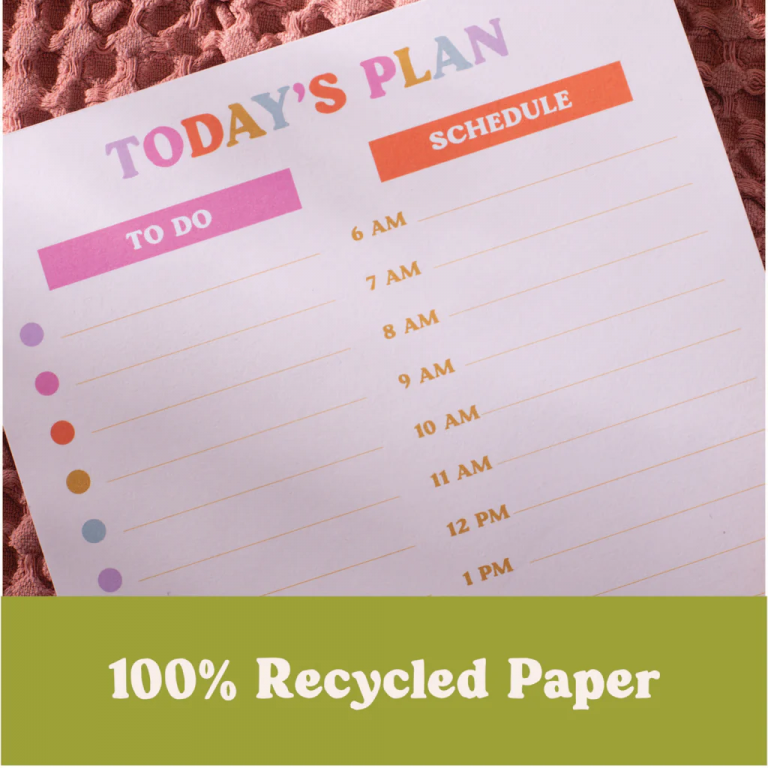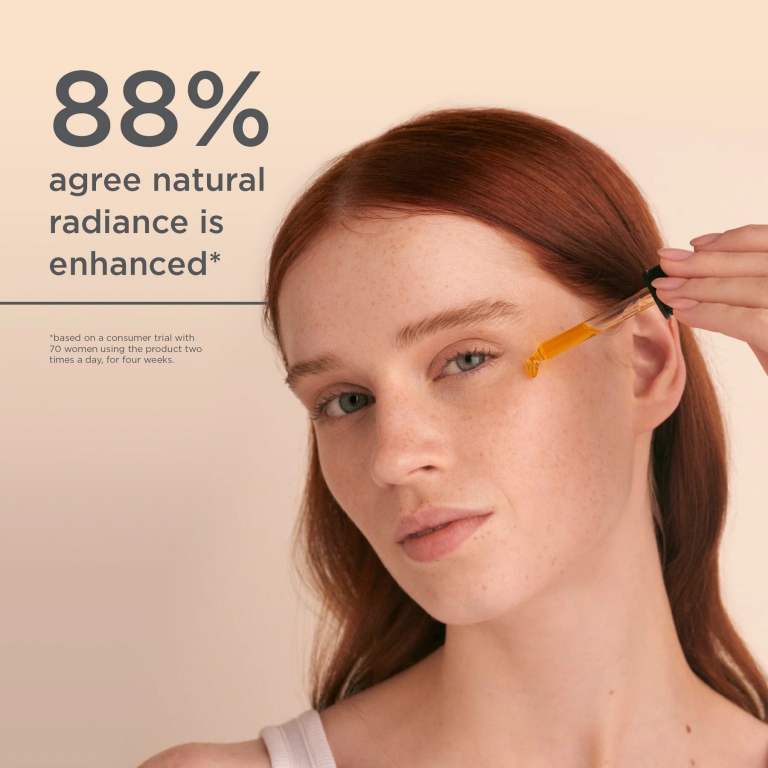
Overflowing bins on street corners, foxes dragging chip wrappers across pavements, and plastic bags caught in branches – urban rubbish collection faces fresh challenges every year. Bin strikes leave garbage festering, while growing city populations put more pressure on tired collection systems.
Add in the problem of waste escaping, whether thanks to scavenging animals or the bags splitting, and the flaws become clear. Rethinking how we collect and contain rubbish isn’t just about tidier streets, it’s about health, safety, and protecting the planet.
Problems With Waste Management
Old-school refuse systems worked when cities were smaller and wildlife intrusion was rare. Now, they struggle to keep up. Wheelie bins offer convenience, but they aren’t always secure.
Plastics pollute landfills for centuries, and bag splits create unsightly messes. Strikes among collection staff make things worse, leading to weeks of uncollected rubbish stacking up in neighbourhoods.
Wildlife Intrusion: Gulls, Foxes, and Rats
Suburban and city wildlife have adapted to feast on our rubbish. Gulls puncture thin bags in seconds, flinging food scraps across walkways. Foxes sniff out unsecured bins, tipping them over or tearing through low-quality liners. Rats thrive in areas with frequent rubbish spills, posing serious health risks.
Traditional black bin bags (which can’t even be recycled as machines don’t recognise the colour) and basic wheelie bins offer little defence against persistent animals.
Vulnerabilities During Bin Strikes
When bin workers strike, the weaknesses in waste systems get exposed fast. Bins overflow, pavements clog with black bags, and residents feel the effects. Rubbish left out for longer attracts more scavenging, increases odour, and blights neighbourhoods.
Overflowing bins aren’t just messy – they upset public health and community morale. No backup plan means things quickly spiral out of control.
Environmental Impact of Non-Biodegradable Bags
Traditional bin liners do more than hold rubbish – they harm the environment. Most are made from virgin plastics that won’t break down for hundreds of years. In landfill, they trap food waste and slow composting.
As bags break apart, they create microplastics that pollute soil and waterways. Without greener alternatives, plastic pollution will only get worse.
Switch to Truly Biodegradable Bin Bags
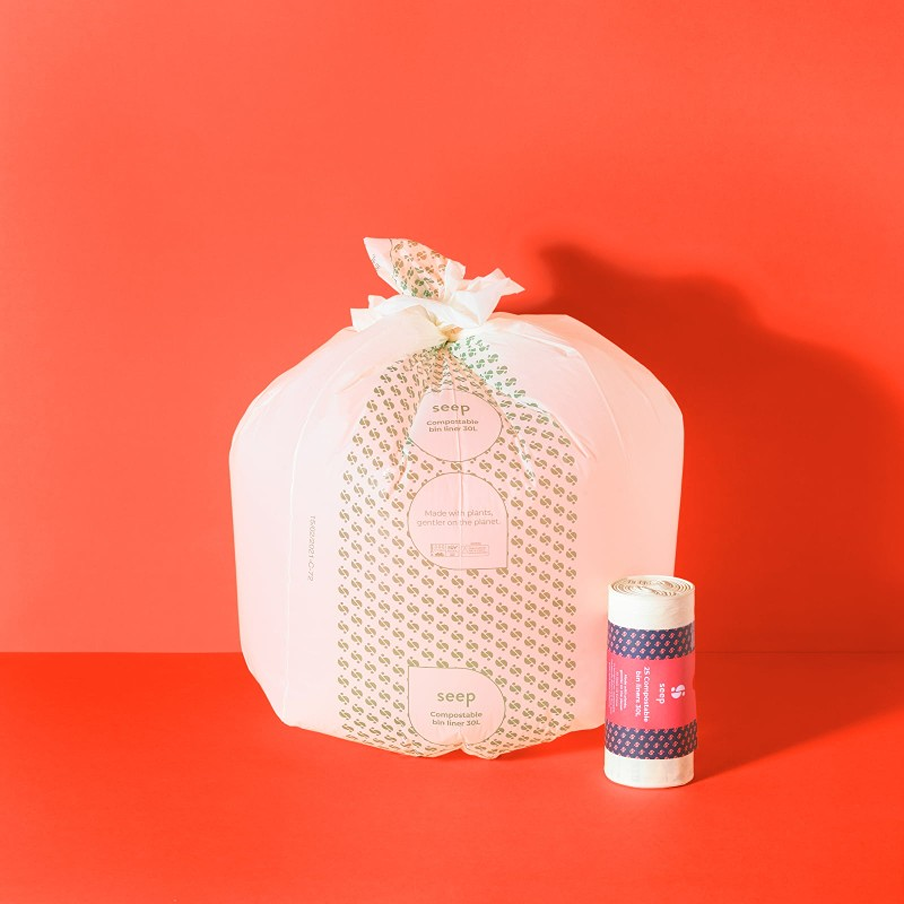
SEEP Bin Bags are ‘home compostable’ (though you won’t compost them at home, they are safe to send to landfill). Made from an innovative Italian bioplastic, they are made in Belgium with clean energy, in a factory that recirculates all water used.
You won’t find these in most shops at present, so order online (free delivery over £30). Sold in four sizes (20 liners per roll), choose from:
- 10 litre (small bins, bathroom bins & compost caddies).
- 30 & 50 litre (standard kitchen bins)
- 70 litres (large kitchen bins & garden waste)
SEEP bin bags use only plant-based sources like corn starch. Unlike standard plastic bags, they don’t come from oil or fossil fuels. These natural ingredients break down without releasing toxic chemicals into the soil or air.
Reinforced (to prevent leaks)

These are reinforced to prevent leaks, though SEEP recommends using a piece of old cardboard on the bottom to soak up liquids, and not to use with hot liquids, grease/oil or wool/animal products.
It’s also important to store them in a cool dark place, and use them within 12 months (or they will biodegrade away!) It also helps to empty them more often, due to faster decomposition.
Many products claim to be biodegradable, yet still linger in landfills for years. SEEP bin bags are certified as both biodegradable and compostable. This means they break down quickly in home compost heaps and commercial composting facilities.
They turn into water, carbon dioxide, and plant-friendly residue, with no ugly fragments or microplastics left behind.
Strong Enough for Everyday Rubbish

Some eco-friendly bags tear easily or leak, making bin day a chore. SEEP has designed its bags with enough strength to handle household waste. They’re tough enough for everyday rubbish, scraps, and peelings. You won’t need to double up or worry about spills.
SEEP bin bags come in sizes to fit most UK household bins. There’s no need to squeeze or stretch them, and they arrive in handy rolls that are easy to tear off.
Biodegradable vs Compostable
Confused at the difference? It’s pretty simple really:
Biodegradable is something that breaks down by bacteria but with no time limit (it could take months or years). For instance, party balloons are biodegradable, but before this happens, they explode and fall into the sea, eaten by sea turtles, who think they are jellyfish.
Compostable products also break down to water and carbon dioxide. But this must be within 12 weeks. So always choose compostable, over biodegradable.
However. Most compostable bin liners are made from bioplastics (corn, sugar cane, algae) which is fine, but they need certain heat and humidity to break down, so can only be industrially composted (and few councils offer this).
Plus even if you could compost them, you’re not going to want to be composting the contents of a bin bag (things you can’t recycle – dog poo, clingfilm, used tampons, nappies etc).
The only solution is to elect greener councils, who invest in industrial composting facilities. For now, just bin the liners and contents.
To recycle plastic bin bags, communities can buy a Terracycle Plastic Bag Recycling Box (from £100 to £160, the largest taking 1300 plastic bin bags). This is placed in a local shop or community centre, then sent off when full using the prepaid label, to be made into industrial piping etc.
Do You Have to Use Bin Bags?
Technically no. Most councils use mechanical lifters to empty bins into trucks, so refuse workers won’t be touching your rubbish. Bin liners simply prevent ‘ickiness’. If you choose reusable over disposable, you could end up with a ‘dry bin’ and not need liners.

Moonie Reusable Bin Liners are a good option for ‘dry waste’ (you can’t wash them, as this would release microplastics). But they have seamless bottoms and are easy to empty into refuse trucks, and use again.
‘Gull-proof sacks have not fared well in council trials. If not taken back inside immediately after emptying, they fill up with wind and could blow away. And keeping bins inside the house until collection day, has hygiene issues.
What About Gull-Proof Sacks?
Gull-Proof Sacks are made from thick woven plastic, the idea that they are emptied into refuse trucks, then returned to you, for use again. The Velcro closing is designed to stop wildlife ripping bags apart.
They are good inventions, if kept indoors until collection day, and only used for dry waste. Some councils have trialled theme but cancelled the trials. As empty bags kind of act like parachutes, filling with air and blowing down the street.
And as with ‘reusable bin liners’, they are at risk of vermin, if used for wet waste (and you need a microfibre filter to wash them, to stop synthetic microplastics escaping the machine, and going out to sea).
- Only use for ‘dry rubbish’ (no food waste or dirty nappies!)
- Keep them indoors (brought in immediately after collection)
Of course the real answer is to give seagulls back their natural homes (at the seaside, where they eat fish) and don’t drop lots of litter or over-fill bins). All creatures are opportunistic eaters. And if there was not lots of leftover food waste in the first place, these unwelcome visitors at your bin, would not be there!
EKO Kitchen Recycling Bins
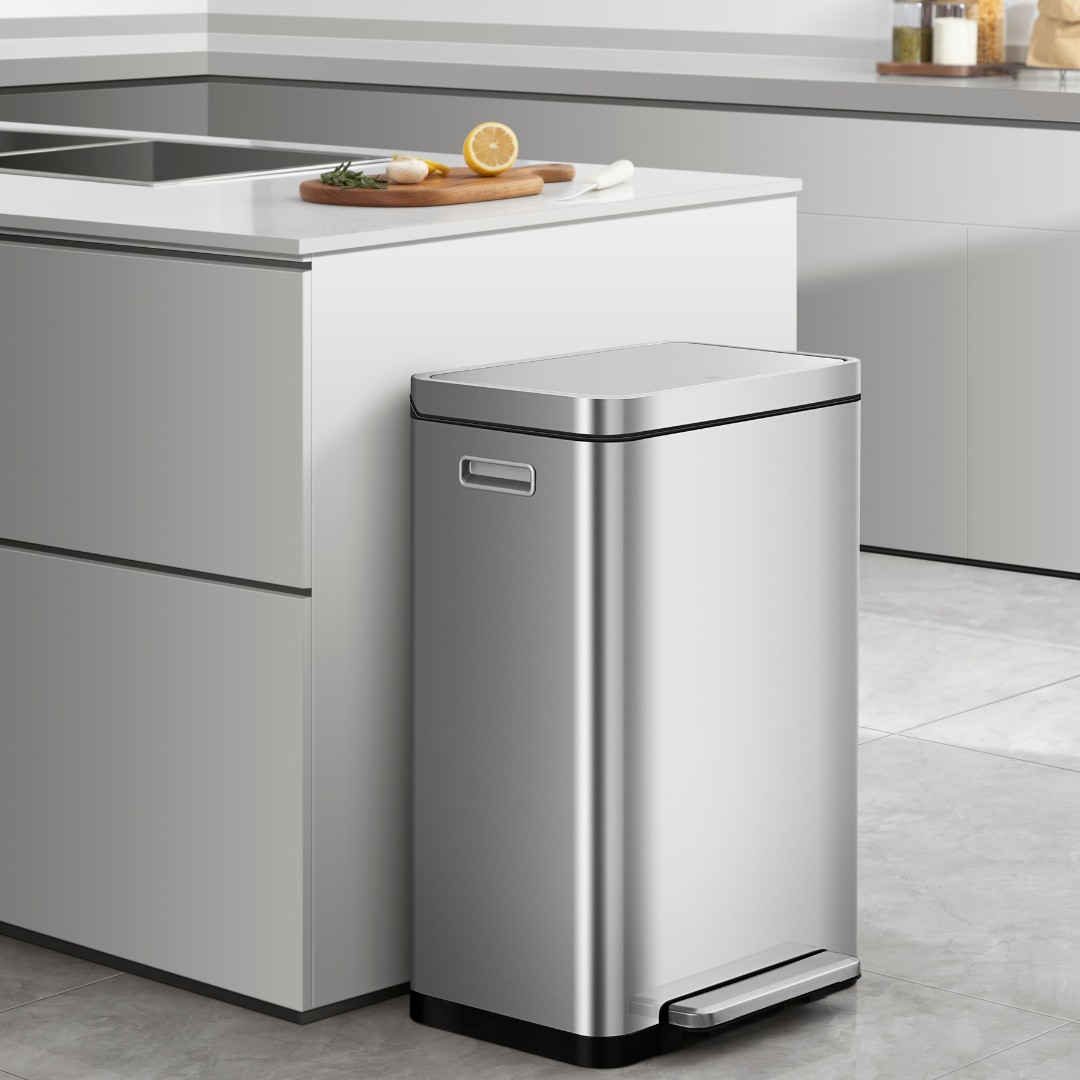
EKO Recycling Bins are good one-off purchases (the basic one is less than £50) that fit into small spaces with soft-closed lids and inside rings, to keep bin bags securely in place. These are ideal to keep goods, until recycling day.
Current EKO Offers:
- SAVING5 (£5 off for orders of £20 to £80)
- SAVING10 (£10 off for orders of £80 to £150)
- SAVING10 (£15 off for orders of £150+)
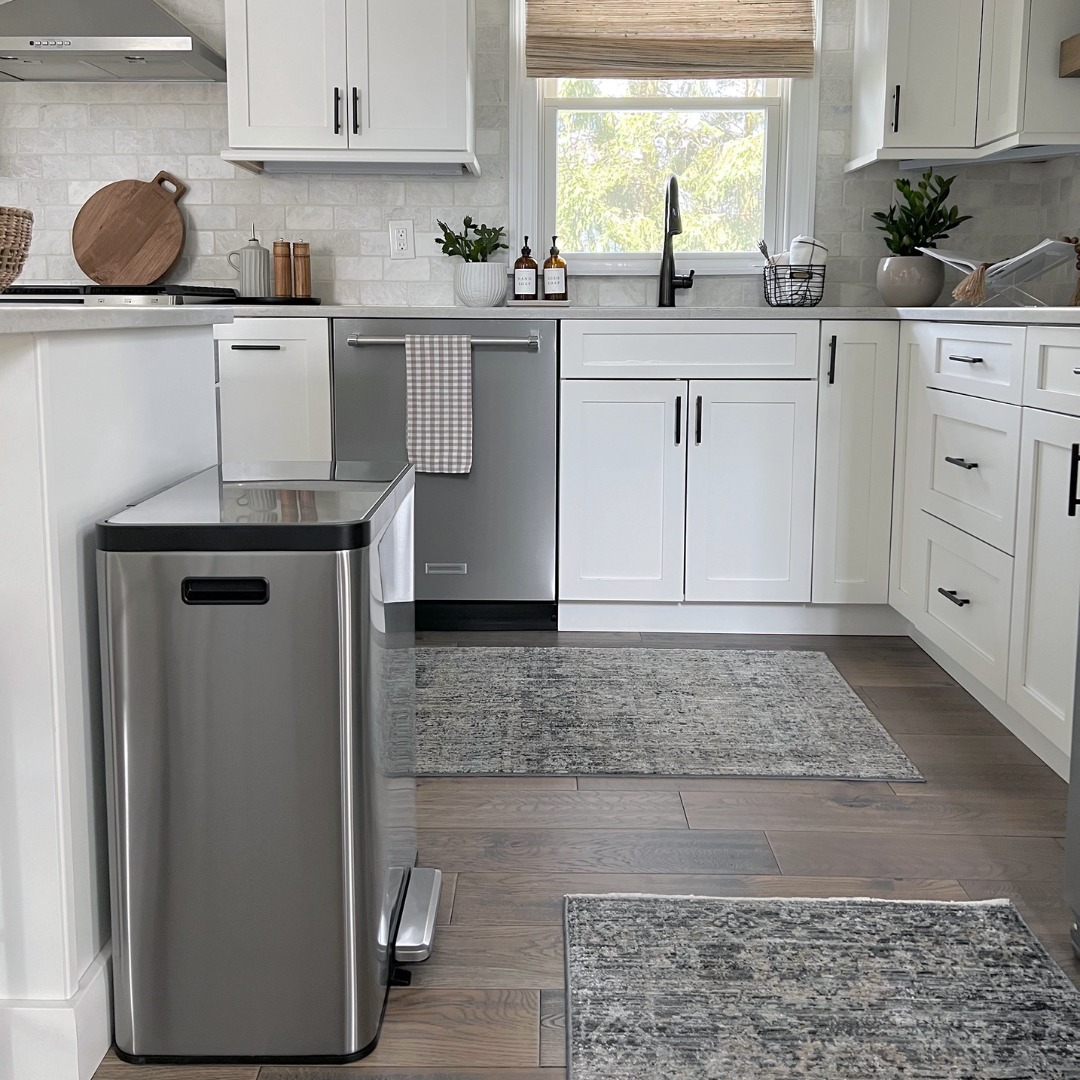
Most models have two or three compartments, so you can separate general waste, recycling, and food scraps on the spot. With clear icons and colour-coded liners.
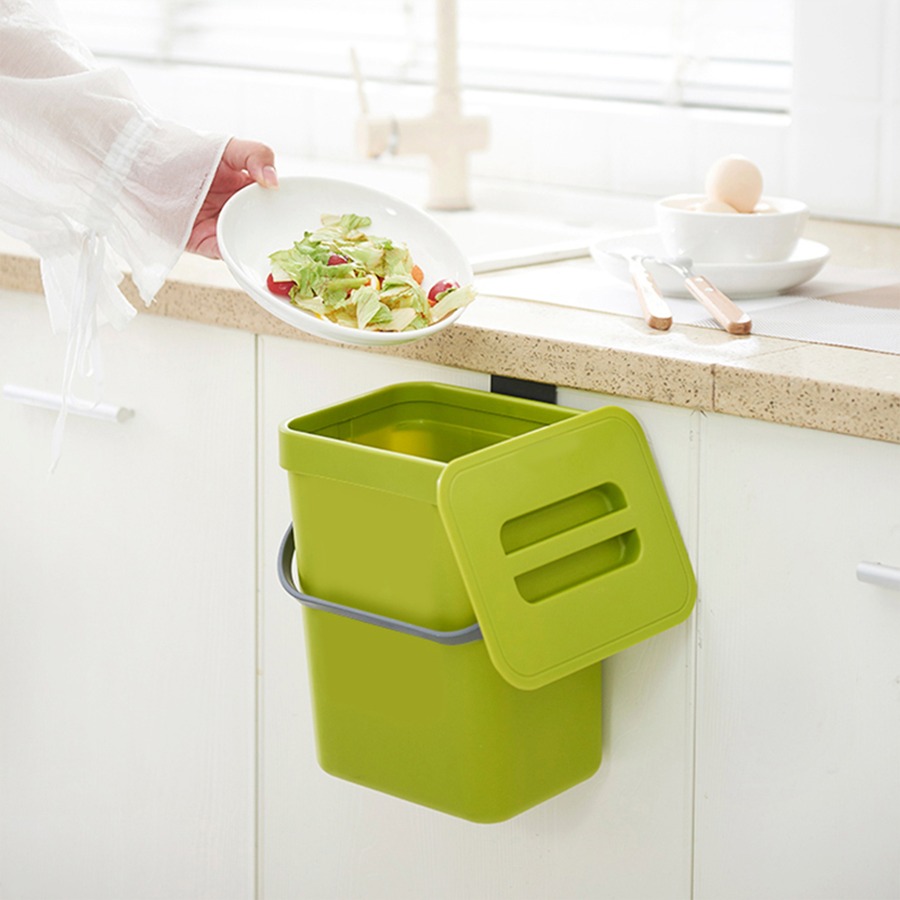
No one wants kitchen odours wafting through the house. EKO bins fight smells with tight-fitting lids and built-in odour filters. Many models use replaceable charcoal filters that trap and neutralise unwanted scents.
Better Alternatives to Wheelie Bins
Street bins shared between homes cut clutter and keep rubbish out of each others’ gardens. This is happening in Newcastle, where large metal wheeled bins are shared by residents in back lanes. This means people deposit rubbish (and recycling) locally, with no need for everyone to lug wheelie bins outside their doors each week or fortnight. And if the bin is full, you just walk a short distance to the next one.
Studies have shown that most people are responsible with this, with no increase in theft (though shred documents) or fire risk (better contained anyway in a metal bin, rather than plastic).
Community Compost Schemes encourage people to separate food waste and help reduce what goes to landfill. These efforts create fertiliser for shared gardens, cut emissions, and boost community spirit.
Read more on making garden compost (there are many things you can’t compost – also keep fresh compost away from pets, due to it containing mould – read more on pet-friendly gardens).
Solar belly bins use the sun’s energy to compact rubbish inside, holding up to five times more waste than a normal bin. This means fewer collections, less mess, and lower costs. The brand describes how these bins deter rodents, due to being fully enclosed, using a hopper or chute disposal device.
Underground bins go even further – waste stays below street level, locked away from animals and weather. Fullness sensors tell collection teams when a bin needs emptying, ending the guesswork and cutting down on missed pickups. Residents get tidier streets and fewer overflows.
Conclusion
Cleaner, safer communities start with smarter choices about how we manage rubbish. Old-style bins and plastic bags can’t keep up with growing cities, clever animals, or demands for green living. Biodegradable bags, wildlife-resistant sacks, solar-powered bins, and local drop-off points all offer cleaner streets and less waste.
By picking solutions that protect against scavengers, lower pollution, and involve the community, we make rubbish collection work for everyone and create places where people – and wildlife – can thrive. The future of rubbish collection starts with a single decision: which bag, bin, or strategy will you choose for a cleaner tomorrow?



